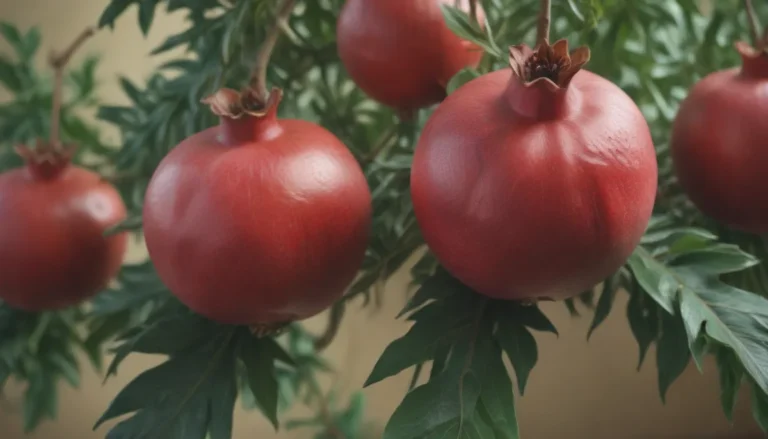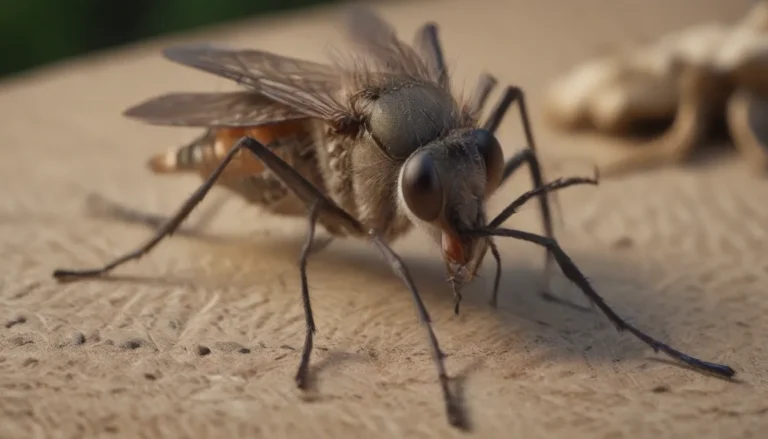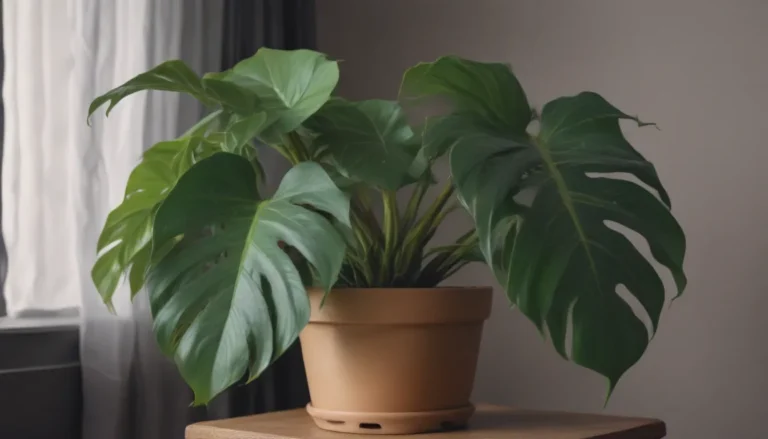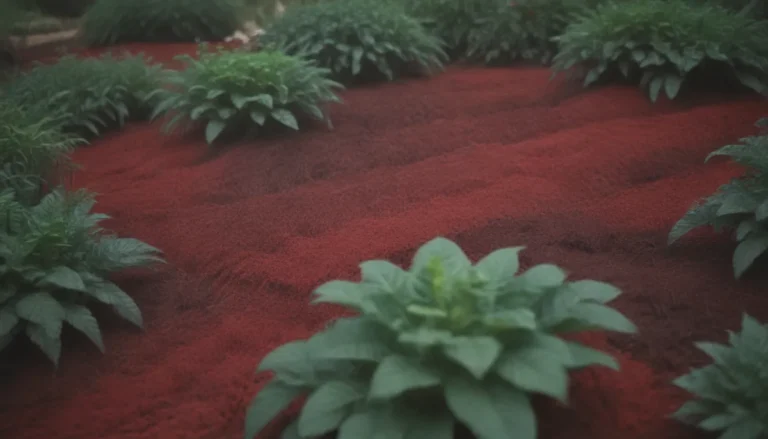Complete Guide: Growing and Caring for a Cat Palm in Your Home

If you’re looking to add a touch of elegance to your indoor space, look no further than the Cat Palm (Chamaedorea cataractarum), also known as cascade palm or cataract palm. This beautiful tropical houseplant is known for its graceful fronds that grow from slender green stems. In this comprehensive guide, we’ll cover everything you need to know about growing and caring for a Cat Palm in your home.
Benefits of Growing Cat Palms in Your Home
Before we jump into the details of care, let’s take a look at why you should consider adding a Cat Palm to your indoor plant collection:
- Improves Air Quality: Houseplants like Cat Palms can help improve the air quality in your home by filtering out toxins and releasing oxygen.
- Creates a Humid Microclimate: Grouping Cat Palms with other humidity-loving plants can create a more humid microclimate, which is beneficial for both the plants and your indoor environment.
- Low-Maintenance: Cat Palms are known for being low-maintenance houseplants, making them perfect for beginners or those with a busy schedule.
Now that you’re convinced of the benefits of having a Cat Palm in your home, let’s dive into how to care for this beautiful plant.
Cat Palm Care Tips
Light
Cat Palms thrive in bright, indirect light. While they can tolerate some direct morning sunlight from an east-facing window, be cautious of harsh direct sun that can burn the leaves. Remember to rotate your plant periodically to ensure all the foliage receives adequate light exposure.
Soil
When it comes to soil, Cat Palms prefer a loose, fast-draining potting mix to avoid “wet feet.” You can either purchase a pre-made mix specifically for palms or create your own by combining potting mix with equal parts pine bark and perlite.
Water
One of the most common issues with Cat Palms is root rot from overwatering, so it’s essential to water them only when the top of the soil has just begun to dry out. Check saucers and cache pots to ensure excess water drains away after watering.
Temperature and Humidity
Cat Palms thrive in temperatures between 70 to 80 degrees Fahrenheit during the day and around 60 degrees at night. Additionally, they benefit from a humidity level of at least 50 percent. To maintain optimal humidity, consider running a humidifier in the room or grouping your Cat Palm with other humidity-loving plants.
Fertilizer
To keep your Cat Palm healthy and thriving, feed it with a balanced liquid houseplant fertilizer diluted to half strength once per month, starting in early spring. Stop fertilizing in the fall when growth slows down.
Pruning Tips for Cat Palms
While Cat Palms don’t require regular pruning to look healthy, occasional tidying up can benefit the plant. Use clean, sharp, sterilized shears or pruners to trim back any yellow, dead, or damaged fronds at the base of the plant as needed.
Propagating a Cat Palm
If you want to expand your collection of Cat Palms, propagating them through division is a simple and effective method. Here’s how you can do it:
- Prepare clean, sharp shears or a serrated digging knife.
- Choose an appropriately sized plant pot for your new divisions.
- Get fresh potting mix ready.
- Carefully divide the mature plant into smaller sections, ensuring each division has enough roots to thrive.
- Plant each division in its own pot with fresh potting mix and water thoroughly.
By following these steps, you can easily propagate your Cat Palm and enjoy more of these beautiful plants in your home.
Common Pests and Diseases
While Cat Palms are relatively low-maintenance, they can still fall prey to a few common pests and diseases. Keep an eye out for mealybugs, scale, spider mites, and leaf spot, which can affect the health of your plant. Prevent these issues by maintaining proper watering practices and keeping the foliage dry.
How to Encourage Cat Palm Blooms
Cat Palms can produce small spikes of tiny yellow flowers, although it’s rare for indoor plants to bloom. To increase the chances of blooming, recreate the plant’s ideal conditions and fertilize it regularly at the onset of new growth in late winter or early spring.
- Bloom Months: Late winter or early spring is when Cat Palms are most likely to bloom.
- Bloom Duration: In nature, Cat Palm flowers typically last for a couple of weeks before setting fruit.
Troubleshooting Common Problems
Even with proper care, Cat Palms can sometimes experience issues. Here are some common problems and solutions to help you keep your plant healthy:
- Brown Leaf Tips: Brown leaf tips can be a sign of underwatering, low humidity, or overfertilizing. Ensure your plant receives enough water and humidity while avoiding overfeeding.
- Leaves Turning Yellow: Yellowing leaves may indicate overwatering or underwatering. Adjust your watering routine to ensure the soil dries out between waterings.
- Leaves Dropping: Overwatering or underwatering can cause leaves to drop. Check the soil moisture and adjust accordingly to prevent stress on your Cat Palm.
Remember that Cat Palms are slow-growing plants that prefer to be slightly potbound before repotting. Plan to repot your Cat Palm every three years to give it ample space to continue thriving.
In conclusion, Cat Palms are an excellent choice for adding a touch of tropical elegance to your indoor space. With proper care and attention to their needs, you can enjoy the beauty of these plants while reaping the benefits they offer for your indoor environment.
Sources:
– Houseplants for Healthier Indoor Air
– Success with Houseplants – Humidity
– Palm Diseases and Nutritional Problems
Now that you have all the information you need to care for your Cat Palm, why not add one to your indoor garden and enjoy the beauty it brings to your home!





